Cart
Your cart is empty
Your cart is empty
List is empty
Press ESC to close the search field

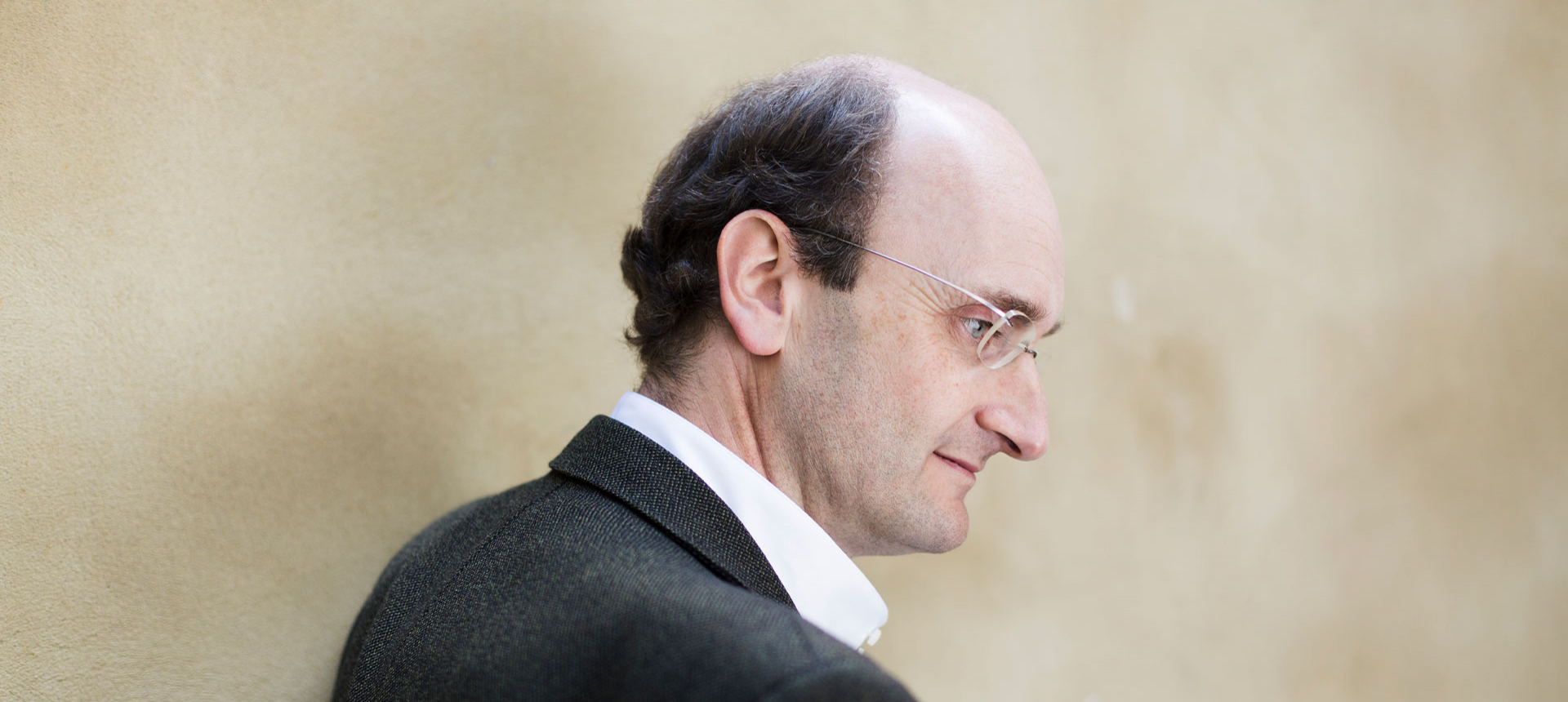
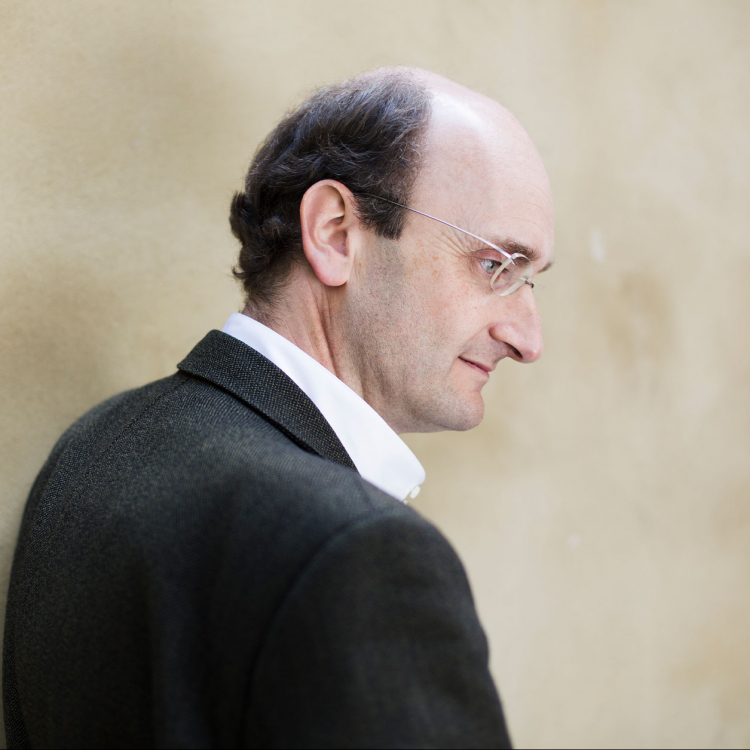
Event has already taken place. Music by classical masters on B with the Gothenburg Symphony and Andrew Manze conductor.
We like to count Britta Byström among the classic masters on B. Hear the premiere of Voyages Extraordinaires, based on the adventures of Jules Verne. Conductor Andrew Manze shows us Beethoven’s most romantic side in Symphony No. 7.
Beethoven’s 7th Symphony was already a success at its premiere. It is also extroverted music full of energy and dramatic charge.
When Beethoven wrote the 7th Symphony, Napoleon was besieging Vienna. The second movement has therefore been interpreted as a monument to human suffering and the finale as a victoriously inspired triumph. With its powerful rhythms, it is one of Beethoven’s most muscular symphonies.
We also get to hear a piece by one of Sweden’s most celebrated composers, Britta Byström. To her piece Voyages Extraordinaires, Britta Byström says she borrowed the title from Jules Verne. “The title felt fitting because my work is conceived precisely as fantastic musical journeys, where the listener is suddenly transported to a completely new sound world via a recurring orchestral transformation number.”
Conducted by Andrew Manze, the concert opens with Brahms’s Tragic Overture.
Get to know the classical pieces.
Get to know the composer Britta Byström.
Take a seat in the Great Hall one hour before the concert begins and learn more about the music you will soon experience! You will get the stories behind the music, knowledge of the composers and own reflections about the classical pieces. The introduction last for about 30 minutes, it is free and free seating in the hall. Warm welcome!
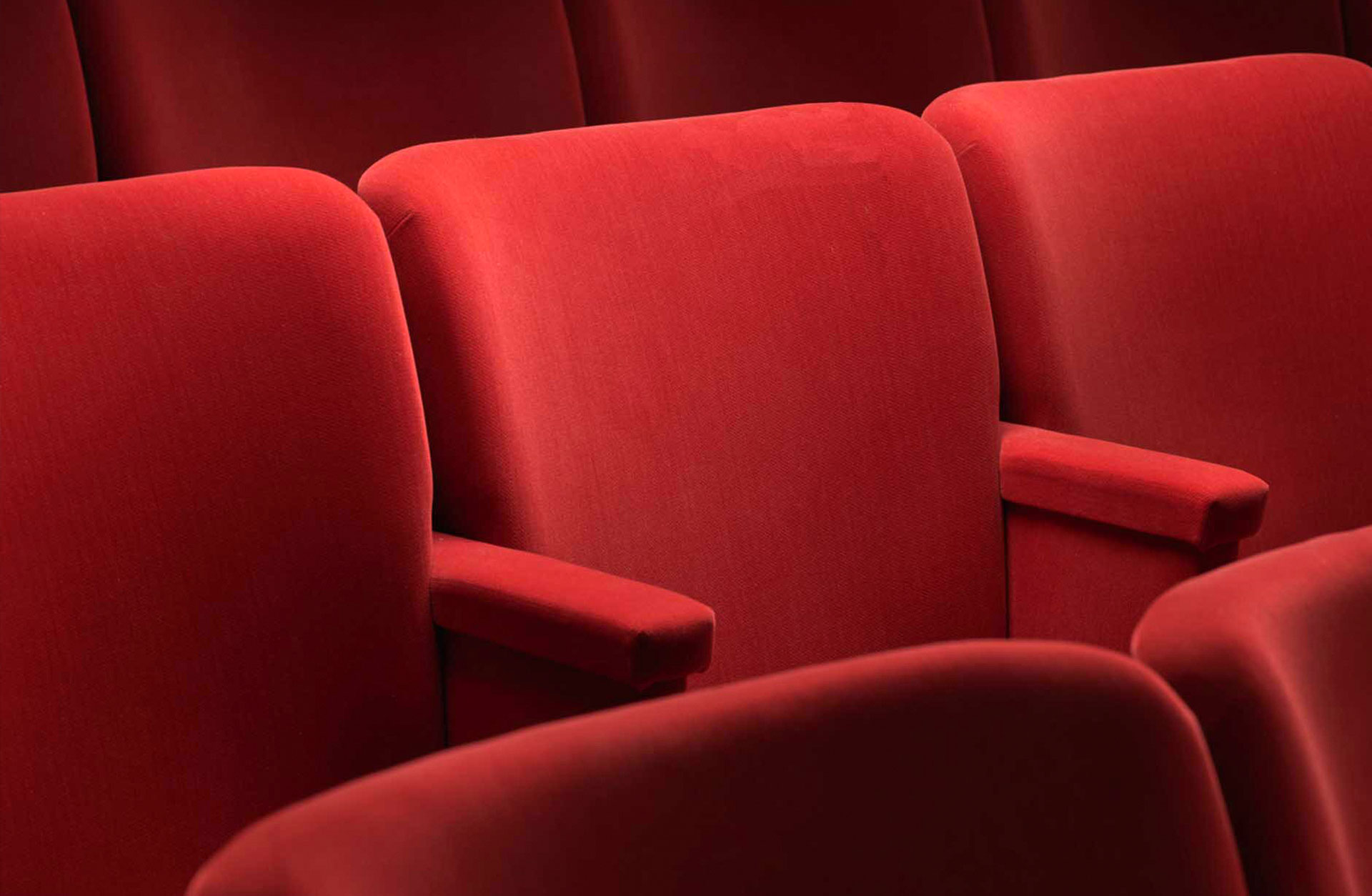
Here you will find all the necessary information that you need to know about before your magical visit in the Concert Hall.
Here is material to introduce your students to classical music, to prepare them for a school concert or take care of their experiences afterwards.
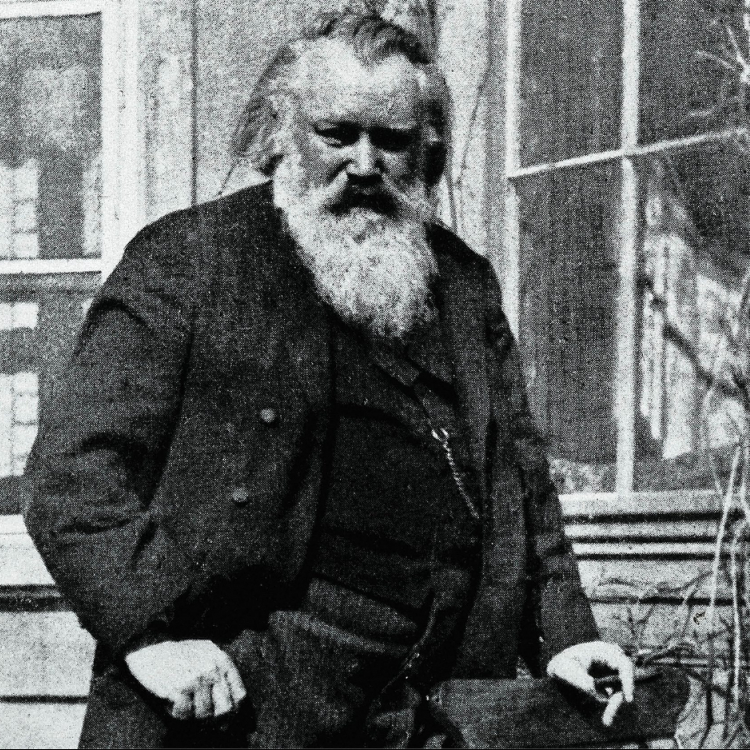
En svårgreppbar man som inte lämnat många ledtrådar efter sig - mer än sin musik och brev till en kär vän. Katarina A Karlsson kikar närmare på Johannes Brahms.
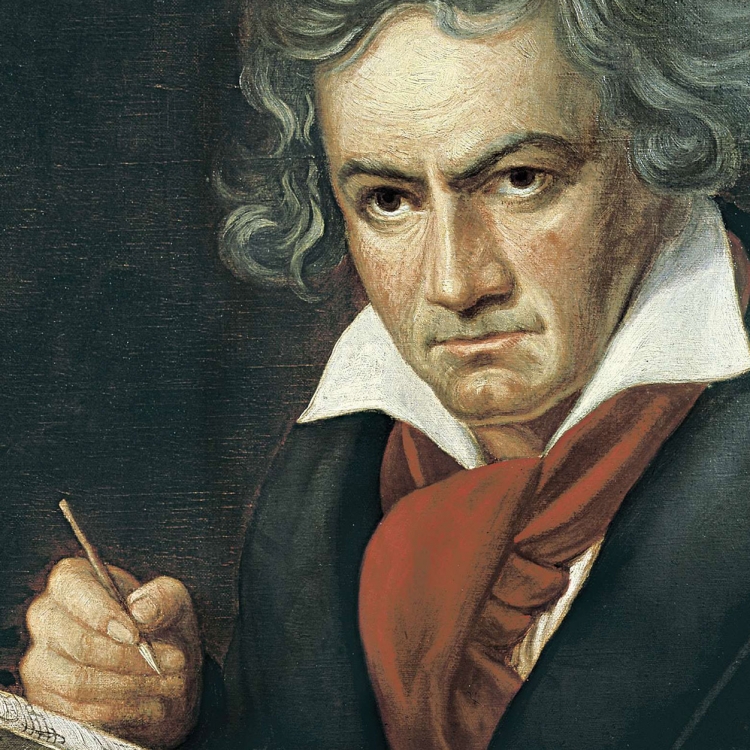
Åke Holmquist, fil doktor och författare till boken Beethoven Biografin skriver om kompositörens spännande koppling till Sverige.